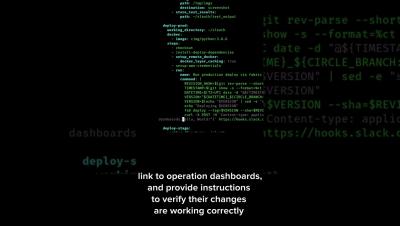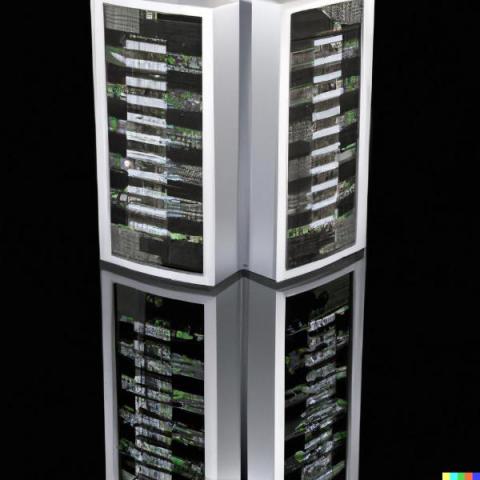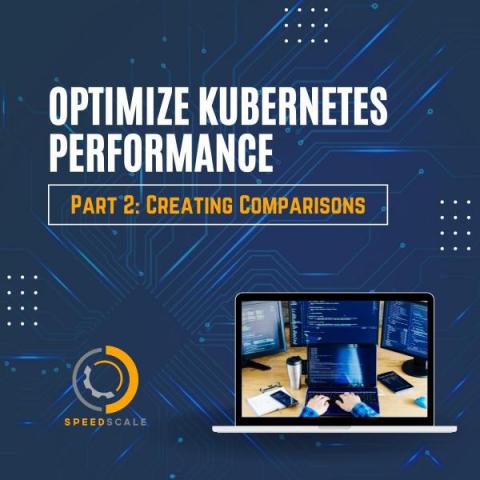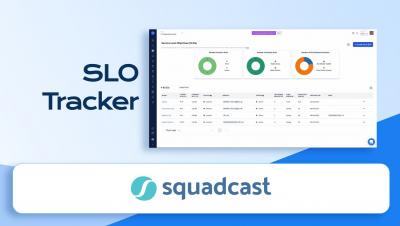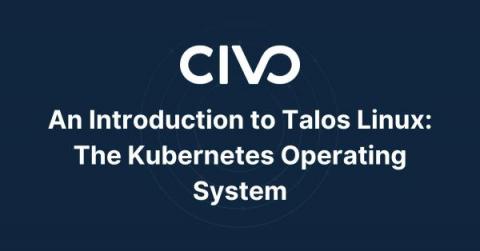Operations | Monitoring | ITSM | DevOps | Cloud
DevOps
The latest News and Information on DevOps, CI/CD, Automation and related technologies.
Streamline user lifecycle management with ADManager Plus' orchestration
Orchestration in an IT environment refers to the coordinated management of workflows, applications, and systems, with the primary goal to optimize business performance by streamlining processes. Using orchestration, IT administrators can automate, from a single console, a series of tasks to run at a defined time or interval. This includes automating IT tasks like provisioning of user accounts, as well as managing databases, incidents, applications, and cloud resources.
Let Slack tell you when code ships
Maximize Your VMware Environment with Efficient Snapshot Management
Snapshots are an essential part of virtual machine management, as they provide a convenient way to preserve the state of virtual machines and revert to an earlier version if necessary. However, without proper management, snapshots can quickly become a problem, consuming storage space and impacting performance. This is where SnapShot Master comes in. SnapShot Master is a comprehensive solution for managing snapshots in your VMware environment.
3 ways to apply security patches in Linux
When shopping for something where all the choices look similar, the feeling of choice paralysis creeps over you. This can happen when shopping for electronics, computer parts, or a pair of shoes. Choice paralysis occurs when a person finds it very difficult and stressful to make a decision with the available information. Applying security patches in Linux is a relaxing and rewarding experience when you have confidence in your process.
Optimize Kubernetes Performance Part 2: Creating Comparisons
How to reduce developer time to code
Reducing development and testing time is one of the top priorities for software development teams. A reduced development time allows teams to move ahead with projects faster and focus more on testing and refining them, which is especially important for end-user-based projects. This is because UI-UX-heavy projects often need to be put through a rigorous review and refinement process before they can finally be launched for customer use.
The ultimate guide to scanning Kubernetes workloads using Trivy-Operator
Testing is a vital aspect of security. Unfortunately, there are vulnerabilities that bypass the testing stage and introduce flaws in the production environment. Kubernetes vulnerabilities make more impact when exploited on running applications and production environments. These vulnerabilities can allow hackers to exploit the host machine if the container has escalated privileges.
How to Set up SLOs and Configure SLIs in Squadcast | Tracking Error Budget & Burn Rates | Squadcast
An Introduction to Talos Linux: The New Kubernetes Operating System
As the cloud native environment becomes increasingly more complex, new systems are needed to combat this issue and create simplified, secure, and stable working environments. Sidero Labs developed Talos Linux as a way to run Kubernetes consistently across all platforms, such as Edge, Cloud, Virtual, and Bare Metal. Talos Linux is a secured Linux distribution designed specifically for managing Kubernetes.




